Washington, DC – The United States has officially ended its decades-old tariff exemption for low-value package imports, a move that could reshape cross-border e-commerce, increase costs for consumers, and disrupt supply chain models for businesses worldwide.
The exemption, known as the de minimis threshold, previously allowed packages worth up to $800 to enter the US duty-free. Beginning Friday at 12:01 am EDT, the US Customs and Border Protection (CBP) started applying normal customs duty rates to all parcels, regardless of value.
End of a Policy Era
The de minimis exemption was first introduced in 1938 and was last raised in 2015 from $200 to $800. At the time, the higher threshold was designed to support small businesses and help e-commerce platforms thrive by simplifying import procedures.
However, officials said that the sharp increase in parcel shipments over the last decade had created challenges for customs enforcement and reduced tariff collections. According to CBP estimates, the number of packages entering under the exemption surged from 139 million in 2015 to 1.36 billion in 2024 — nearly a tenfold increase.
Transition Period and Flat Duty Rates
To help businesses and postal agencies adjust, a six-month transition period is in place. During this period, foreign postal operators can choose to apply flat duty rates of $80, $160, or $200 per parcel, depending on the country of origin.
- $80 flat duty – Countries with average US duty rates below 16% (e.g., United Kingdom, European Union).
- $160 flat duty – Countries with average rates between 16–25% (e.g., Indonesia, Vietnam).
- $200 flat duty – Countries with rates above 25% (e.g., China, Brazil, India, Canada).
From February 28, 2026, however, all parcels will be required to pay full “ad valorem” duties based on the declared value of the shipment, with no flat-rate options.
E-Commerce and Supply Chain Impacts
The exemption had fueled the growth of direct-to-consumer shipping, particularly for online retailers such as Shein and Temu, which rely on small, low-value parcels shipped directly to American consumers. Analysts say the end of the exemption could force these firms — and many small businesses — to rethink their logistics strategies, potentially shifting to bulk shipments and warehousing within the US to reduce costs.
Express carriers including FedEx, UPS, and DHL will now be required to collect duties and process customs paperwork on behalf of customers. For foreign postal services, the new rules mean either implementing the flat-duty option during the transition or shifting immediately to full duty collection.
Global Shipping Adjustments
The sudden change has already prompted disruptions. Some postal services have temporarily suspended shipments to the US while they update their systems. Others, including the UK, Canada, and Ukraine, confirmed that deliveries to the US are continuing.
A senior US official acknowledged the adjustment challenges but said coordination was underway with the US Postal Service and foreign partners to minimize disruptions. “This is a permanent change,” the official noted, stressing that the administration had no plans to reinstate exemptions for trusted trading partners.
Revenue and Compliance
CBP has reported that since exemptions for China and Hong Kong were removed in May, more than $492 million in additional duties have been collected. Officials estimate the new measures could generate up to $10 billion annually in tariff revenue.
Beyond revenues, CBP has highlighted compliance and enforcement benefits. Officials say the exemption had made it difficult to screen the massive volume of small parcels entering the country, complicating efforts to regulate restricted or prohibited items.
Broader Economic Outlook
While the policy aims to boost tariff revenues and enhance customs oversight, experts warn it could increase costs for US consumers and small businesses that depend on affordable international shipping.
The changes are also expected to alter global trade patterns. Countries and logistics providers with lower tariff rates may gain competitive advantages, while exporters from markets facing higher flat duties may need to reconsider their supply chain strategies.
Industry analysts suggest that in the long term, businesses might shift to establishing local distribution hubs in the US to reduce exposure to parcel-level duties. However, such transitions could be costly, particularly for smaller firms with thin margins.
Outlook
The removal of the de minimis exemption represents one of the most significant shifts in US customs policy in decades. For exporters, logistics providers, and e-commerce companies, the months ahead will likely bring a mix of operational adjustments, higher costs, and potential reconfiguration of supply chains.
As the transition period unfolds, businesses are closely watching how global postal services, express carriers, and US regulators handle the rollout — and whether consumers ultimately bear the brunt of the added costs.
#SupplyChainNews #TradeUpdate #TariffsAndDuties #EcommerceLogistics #GlobalTrade

















